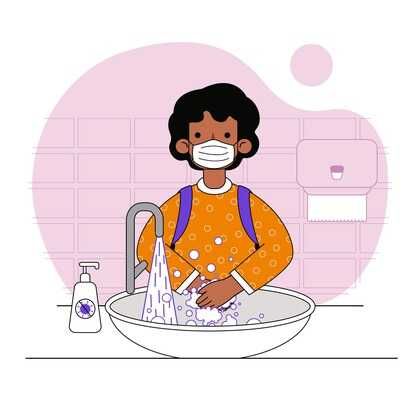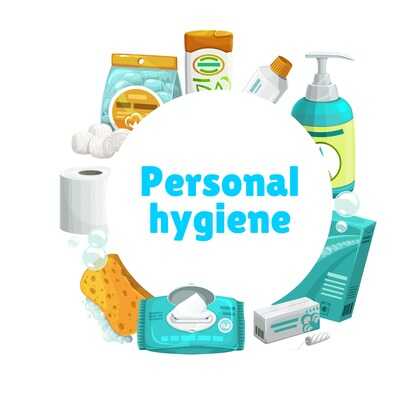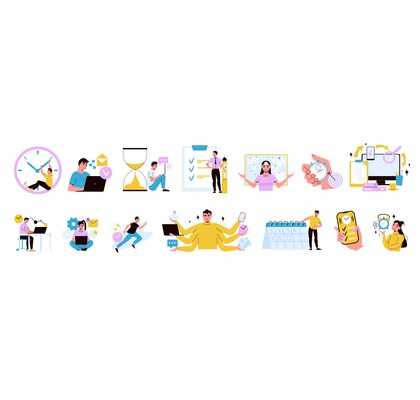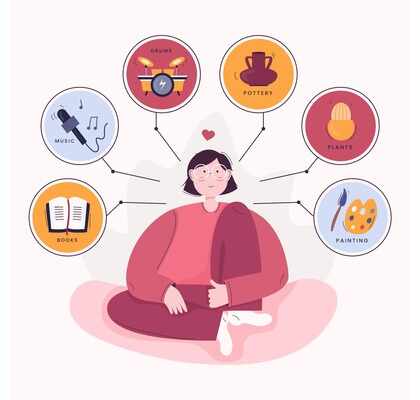The Importance of Healthy Food: Nourishing Your Body and Mind
In our fast-paced lives, it’s easy to neglect our diets and opt for convenient, processed foods. However, the choices we make when it comes to food have a profound impact on our overall health and well-being. Incorporating healthy food into our daily routine not only provides essential nutrients but also plays a significant role in disease prevention, energy levels, and mental clarity. This article explores the importance of healthy food, the key components of a nutritious diet, tips for incorporating healthy choices into your meals, and overcoming challenges in maintaining a healthy diet. A diet rich in healthy food offers a wide array of nutritional benefits. Fresh fruits and vegetables provide essential vitamins, minerals, and antioxidants that support proper bodily functions. Whole grains, such as brown rice and whole wheat bread, are packed with fiber, promoting digestive health and preventing conditions like constipation. Lean proteins, including chicken, fish, and legumes, are essential for muscle repair and growth. Healthy fats, like those found in avocados and nuts, support brain function and heart health. By incorporating these components into our diet, we provide our bodies with the necessary fuel to thrive. Eating a balanced and nutritious diet plays a vital role in preventing various diseases. High intake of fruits and vegetables is associated with a reduced risk of chronic conditions such as heart disease, diabetes, and certain types of cancer. Whole grains, through their fiber content, contribute to lower cholesterol levels, reducing the risk of heart-related issues. Consuming lean proteins helps maintain a healthy weight and lowers the risk of obesity-related diseases. By choosing healthy food options, we fortify our immune system and safeguard ourselves against illnesses. The food we consume directly impacts our energy levels. A diet high in processed foods, refined sugars, and saturated fats can lead to energy crashes and sluggishness. On the other hand, healthy foods, such as complex carbohydrates found in whole grains and fruits, provide a steady release of energy throughout the day. Including lean proteins and healthy fats in our meals helps regulate blood sugar levels and sustains energy levels. By prioritizing nutritious choices, we can experience increased productivity and improved overall well-being. Fruits and vegetables are at the core of a healthy diet. They are low in calories and high in essential vitamins, minerals, and fiber. Incorporating a variety of colorful fruits and vegetables into our meals ensures a broad spectrum of nutrients. Aim for at least five servings per day, choosing from options like leafy greens, berries, citrus fruits, and cruciferous vegetables. Whole grains are an excellent source of fiber and provide long-lasting energy. Opt for whole grain options like whole wheat bread, oats, quinoa, and brown rice. These choices offer more nutritional value compared to refined grains and help maintain healthy blood sugar levels. Lean proteins are vital for muscle growth and repair. Include sources such as skinless chicken, fish, tofu, beans, and lentils in your meals. These options are low in saturated fats and provide essential amino acids. Healthy fats are an essential part of a balanced diet. Incorporate sources like avocados, nuts, seeds, and olive oil into your meals. These fats support brain function, reduce inflammation, and contribute to heart health. Staying hydrated is crucial for overall well-being. Drink an adequate amount of water throughout the day, aiming for at least eight glasses. Water helps with digestion, nutrient absorption, and maintaining proper bodily functions. Planning and preparing meals in advance can help you make healthier choices. Set aside time each week to plan your meals, create a grocery list, and cook nutritious meals in bulk. Having healthy options readily available reduces the likelihood of relying on processed or fast foods. Be mindful of portion sizes to maintain a balanced diet. Use smaller plates and bowls to control serving sizes. Listen to your body’s hunger and fullness cues, and avoid overeating. Choose healthy snacks to satisfy cravings and keep your energy levels stable. Opt for options like fresh fruits, yogurt, nuts, or vegetable sticks with hummus. Avoid sugary snacks and opt for nutrient-dense alternatives. Practice mindful eating by paying attention to your food and savoring each bite. Eat slowly, chew thoroughly, and appreciate the flavors and textures. This practice promotes better digestion and helps prevent overeating. Explore new recipes to keep your meals exciting and nutritious. Look for healthy alternatives to your favorite dishes and experiment with different spices and flavors. Discovering new recipes can make healthy eating enjoyable and sustainable. Busy schedules often lead to unhealthy food choices. To overcome this challenge, plan your meals in advance, batch cook, and utilize time-saving cooking techniques such as slow cookers or one-pot meals. Incorporate convenience foods like pre-cut fruits and vegetables or pre-packaged salads to simplify meal preparation. Some individuals face limited access to fresh, healthy food options, especially in areas known as food deserts. In such cases, explore alternative options like frozen fruits and vegetables, canned goods with no added sugars or sodium, or community-supported agriculture programs. Additionally, consider growing your own herbs or vegetables in a small garden or participating in local farmers’ markets. Social gatherings and peer pressure can pose challenges to maintaining a healthy diet. Communicate your dietary preferences and goals with friends and family, and seek their support. Offer to bring a healthy dish to social events or suggest activities that don’t revolve solely around food, such as outdoor activities or group exercise classes.
Your diet is a bank account. Good food choices are good investments.
– Bethenny Frankel It’s important to recognize the link between healthy food and mental well-being. Research suggests that a balanced diet can positively influence mood, cognitive function, and overall mental health. Nutrient-rich foods provide the necessary building blocks for neurotransmitters, which regulate mood and emotions. By nourishing our bodies with healthy food choices, we support our mental well-being and enhance our ability to cope with stress and maintain emotional balance. Incorporating healthy food into our daily lives is vital for overall health and well-being. By understanding the importance of nutrition and making conscious choices, we can reap the benefits of improved energy levels, disease prevention, and mental clarity. Remember to prioritize fruits and vegetables, whole grains, lean proteins, healthy fats, and hydration. Overcome challenges by planning and preparing meals, practicing portion control, snacking smart, and staying mindful of your eating habits. Embrace new recipes and flavors to keep healthy eating exciting. By making these changes, you’ll embark on a journey toward a healthier, happier life.Introduction
Why is Healthy Food Important?
Nutritional Benefits
Disease Prevention
Improved Energy Levels
Key Components of a Healthy Diet
Fruits and Vegetables
Whole Grains
Lean Proteins
Healthy Fats
Hydration
Tips for Incorporating Healthy Food into Your Diet
Meal Planning and Preparation
Portion Control
Snacking Smart
Mindful Eating
Trying New Recipes

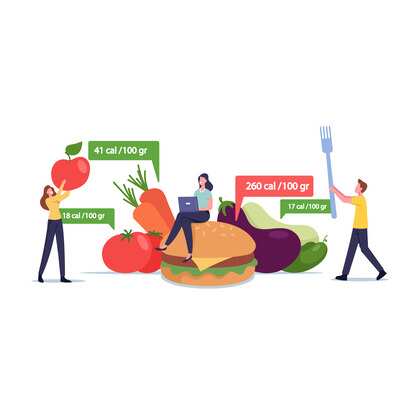
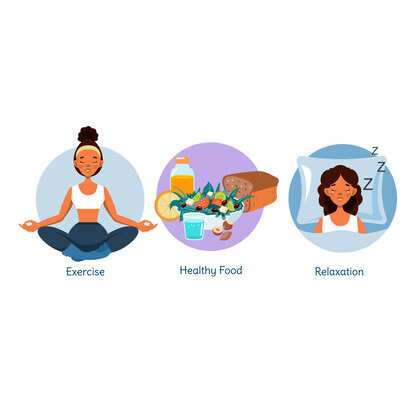
Overcoming Challenges in Maintaining a Healthy Diet
Busy Lifestyles
Limited Access to Fresh Food
Social and Peer Influences
The Impact of Healthy Food on Mental Well-being
Conclusion



